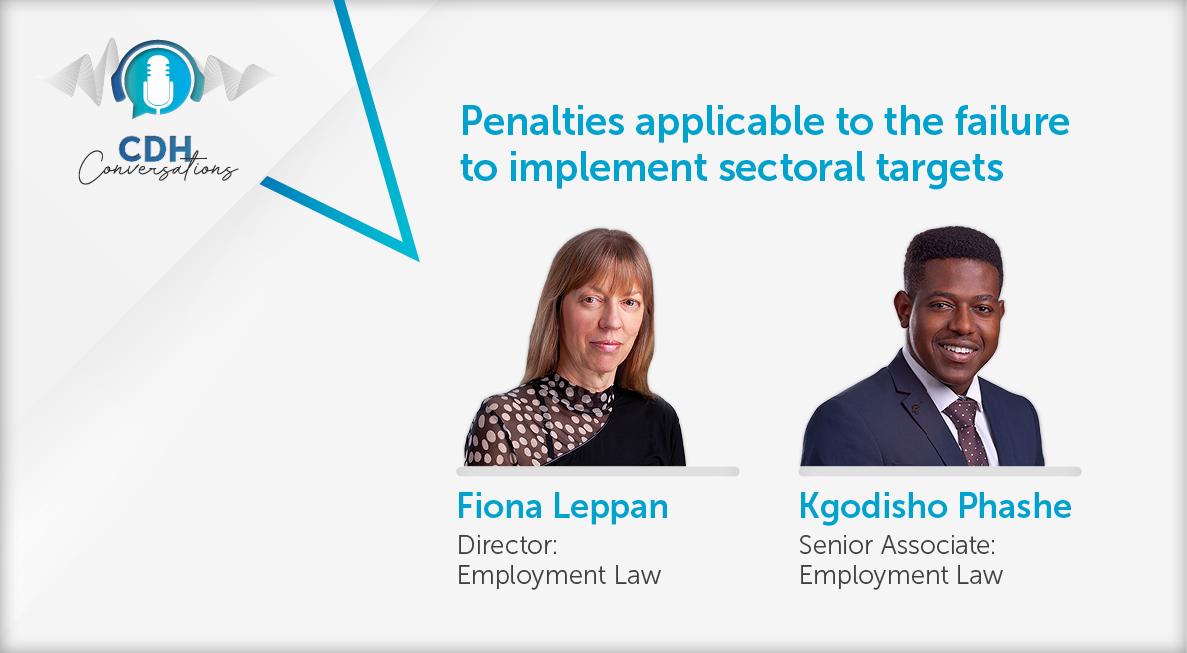Tightening up on tacit terms
As part of following his deal through, the bank had granted Knoetze’s company a loan facility, R2,5 million of which, Padayachee contended, was payable to him based on his part in securing the loan by honouring his disclosure obligations in terms of the exit agreement. Padayachee, who was not a party to the loan agreement, argued that the loan agreement contained an unwritten stipulatio alteri (a benefit for a third party), tacitly incorporated into the agreement and, in his papers before the court, accepted the benefit and claimed it from Knoetze’s company.
Broadly, the common law test for the reading in of a tacit term is the so-called “officious bystander test” – a tacit term would be read into a contract if, in response to a query from an outsider, the contracting parties would without hesitation and unanimously have answered in the affirmative to the inclusion of the proposed term.
However, whilst judgment had been decided in favour of Padayachee, it was not based on the courts reading a tacit term into the loan agreement. The court reiterated that, generally, it “would be very slow to import a tacit term in a contract particularly where…the parties have concluded a comprehensive written agreement that deals in great detail with the subject matter of the contract and it is not necessary to give the contract business efficacy”.
In determining whether a tacit term exists, the court held that it must consider whether there is any room for importing the alleged tacit term, and, importantly, pointed to the existence of the “whole agreement” and “non-variation” clauses, as well as the comprehensiveness of the written contract (45 pages in this case), which, together, strongly militated against the reading in of any tacit terms. However, the court did state that the mere presence of a “whole agreement” or “non-variation” clause will not of itself preclude the reading in of a tacit term.
In a different context of the law of contractual interpretation, a similar restrictive approach was followed in City of Tshwane Metropolitan Municipality v Blair Atholl Homeowners Association [2019] 1 All SA 291 (SCA), where the SCA reined in the recent tendency of the high courts in admitting extrinsic evidence to interpret the terms of a written agreement. It confirmed that evidence of prior negotiations is inadmissible in interpreting the terms of a written contract, save perhaps in very exceptional circumstances. Whilst it remains very much the case that the terms of any legal document must be construed in its overall setting and context, per the continuously restated principles in Natal Joint Municipal Pension Fund v Endumeni Municipality 2012 (4) SA 593 (SCA), the ambit of the extrinsic evidence that is admissible in this regard has been curtailed by Blair Atholl.
The above trends reaffirm the importance of ensuring that the parties fully set out all their respective performances, and cater for all eventualities, in their written agreement, as the courts will be slow to read in omitted terms for them or to give liberal and expansive interpretations to written terms based on prior negotiations.
The information and material published on this website is provided for general purposes only and does not constitute legal advice. We make every effort to ensure that the content is updated regularly and to offer the most current and accurate information. Please consult one of our lawyers on any specific legal problem or matter. We accept no responsibility for any loss or damage, whether direct or consequential, which may arise from reliance on the information contained in these pages. Please refer to our full terms and conditions. Copyright © 2026 Cliffe Dekker Hofmeyr. All rights reserved. For permission to reproduce an article or publication, please contact us cliffedekkerhofmeyr@cdhlegal.com.
Subscribe
We support our clients’ strategic and operational needs by offering innovative, integrated and high quality thought leadership. To stay up to date on the latest legal developments that may potentially impact your business, subscribe to our alerts, seminar and webinar invitations.
Subscribe




